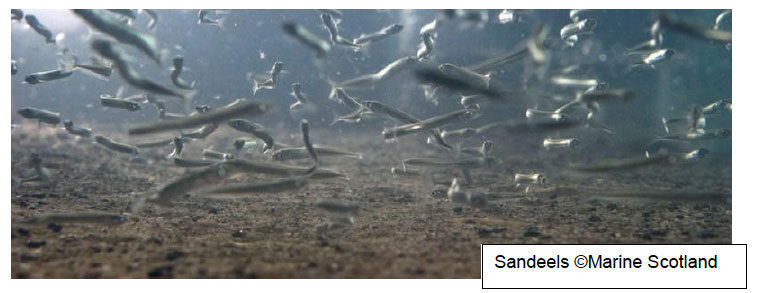Report to the Scottish Parliament on Progress to Identify a Scottish Network of Marine Protected Areas
This reports on which sites are currently included in the MPA network and outlines progress on Nature Conservation MPAs, Historic MPAs, and Demonstration and Research MPAs.
Overview of Data Presentation and Survey Work
The Scottish Government has invested more than ever into surveying and studies. Through working with Northern Lighthouse Board, SEPA and Scottish universities on around 20 marine surveys we can be certain our distinctive Scottish approach is based on sound, robust and up-to-date science.
Application of the MPA Selection Guidelines to select areas as Nature Conservation MPA proposals required a robust scientific evidence-base detailing the distribution of biodiversity and geodiversity features in Scotland's seas. Building the evidence-base has involved mining a wealth of existing data held by SNH, JNCC and others as well as undertaking new field surveys in areas where data needs were greatest. Stakeholder engagement helped to support data compilation efforts, facilitating data sharing and identifying opportunities for future collaborative work.
Geodatabase of Marine Features in Scotland
Data on the MPA search features and geodiversity features have been collated within a GIS database - the Geodatabase of Marine Features in Scotland (GeMS). GeMS is not a static database; it will continue to be populated with new data which will support the continual improvement of the evidence available. Biodiversity data within GeMS has been sourced from 721 separate surveys. These surveys often contain records relating to several different features of conservation interest.
All data within GeMS will be made publicly available in due course. SNH and JNCC have used the best available evidence when identifying the Nature Conservation MPA proposals. All datasets have been subject to review and quality checking before incorporating into GeMS.
Surveys
The programme of new survey work, which started in 2010, has significantly enhanced our evidence-base. Over twenty surveys have taken place across Scottish waters. Highlights of the survey programme included sampling within the Sound of Canna which identified what is now believed to be the most extensive fan mussel beds in UK waters; and a remote operated vehicle survey to 2,000 m on the Hebrides Terrace seamount provided us with an amazing insight into the diversity of life in Scotland's deep seas, confirming the presence of communities of cold water corals and deep water sponges. The different surveys have collected data using a variety of techniques including remote video and photography, diver observations, grab sampling, acoustic mapping, fish trawls, and Marine Mammal Observations.

Contact
There is a problem
Thanks for your feedback